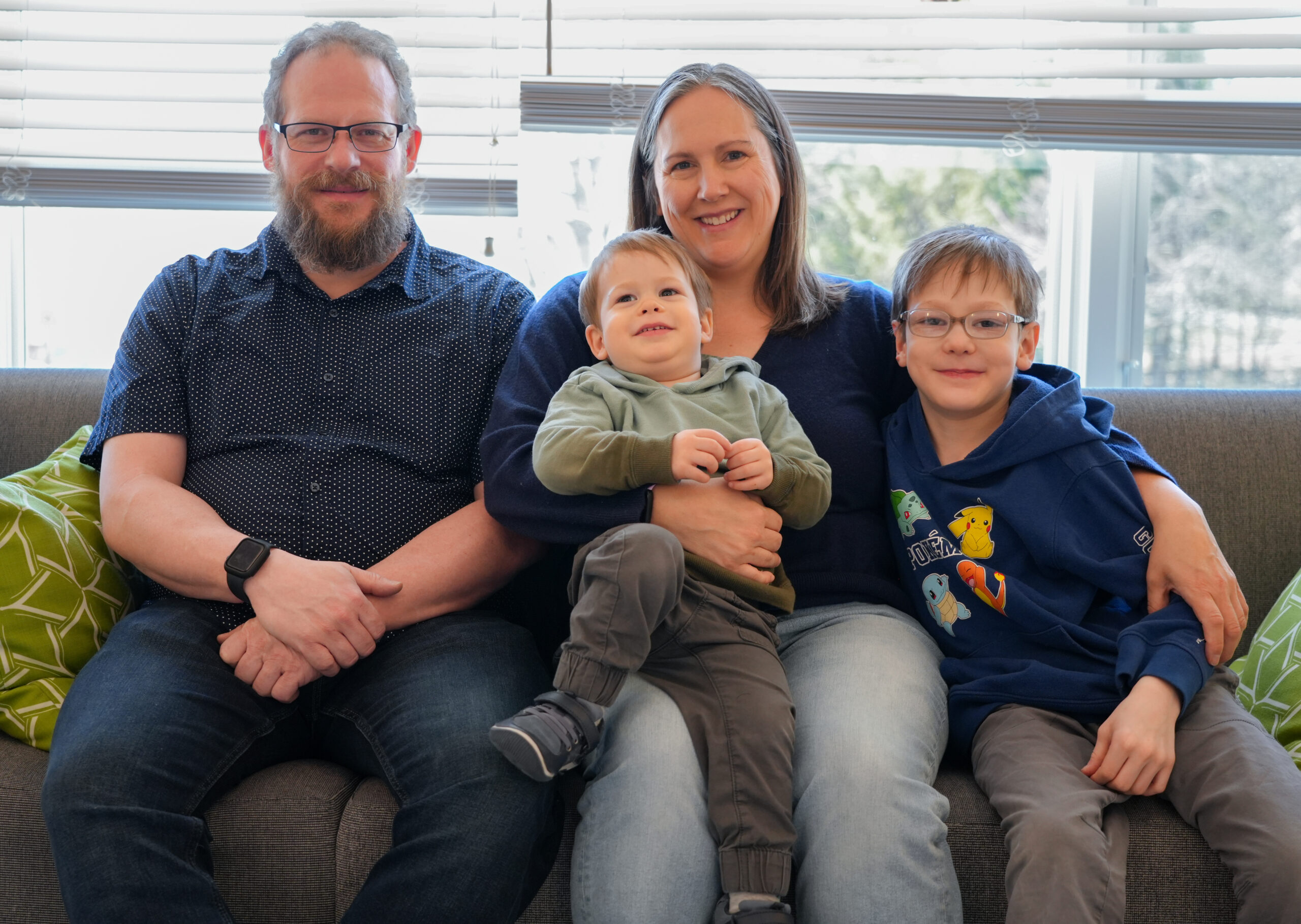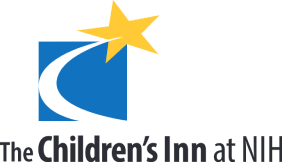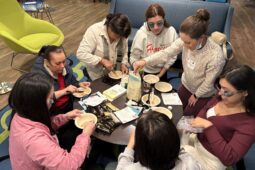Keeping Up with Dominic
Two-year-old Wisconsin native is the latest of three brothers to enroll in NHGRI studies surrounding GM1 gangliosidosis
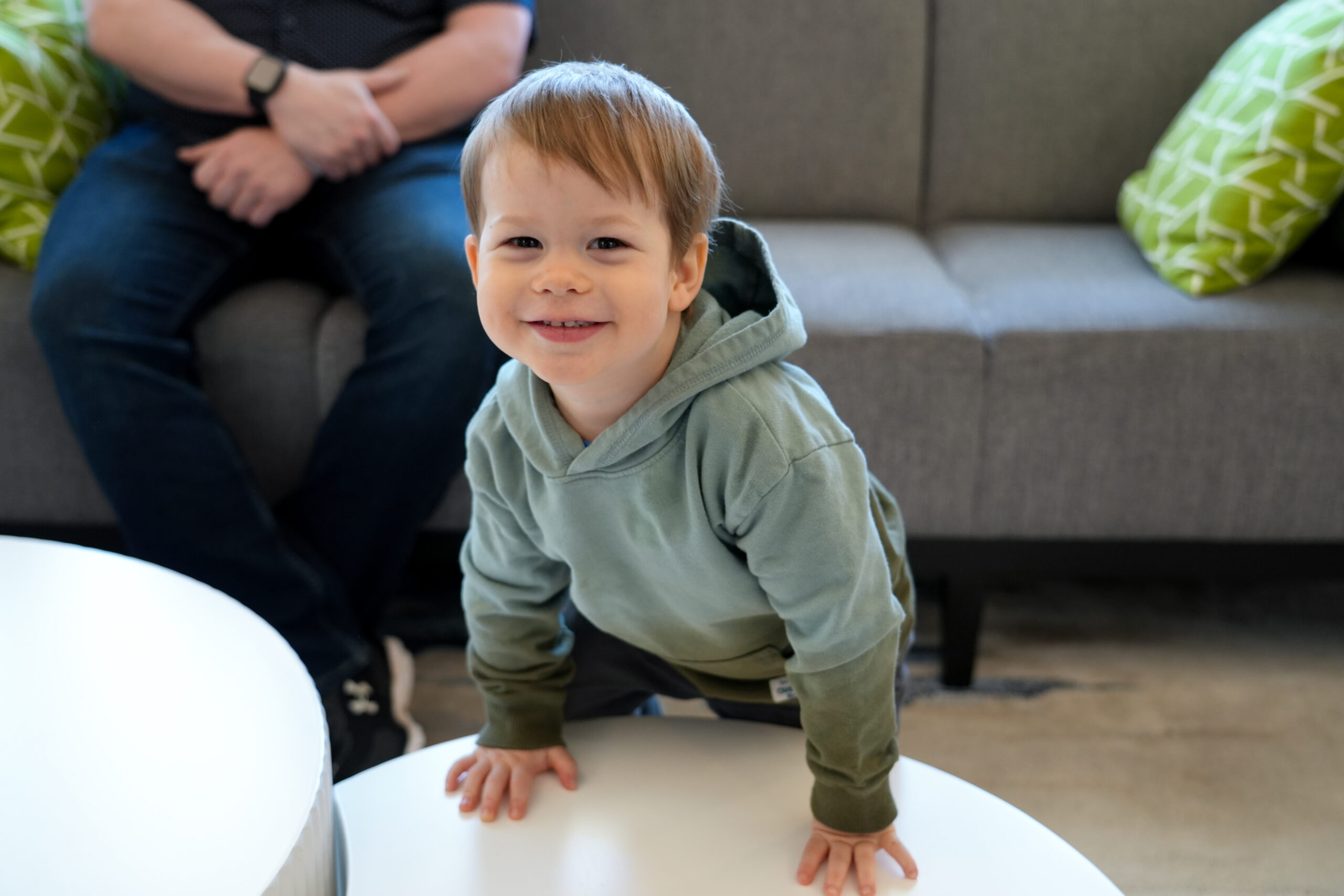
Sitting still is not Dominic’s strong suit. Then again, it isn’t a strong suit for many two-year-olds. A native of Stevens Point, Wisconsin, Dominic recently made his first visit to The Children’s Inn at NIH, where the rambunctious and playful toddler has made himself at home and ingratiated himself with staff and other families with his bright smile and enthusiastic babbling. It’s hard to believe that this energetic child is here to treat a disease that has robbed two older brothers of speech and mobility functions that seem to come so naturally to him.
The three brothers – Dominic, Oliver (8), and Joey (16) – suffer from GM1 gangliosidosis, a neurodegenerative condition that impacts one in every 100,000 to 200,000 newborns. Dominic is being treated at a younger age than either of his brothers, and his mother, Maria, hopes that the early treatment will lead to better results as he ages. Oliver, who has been in the same trial for five years, joined Dominic at The Inn midway through the younger sibling’s two-month visit for his introduction to the trial.
Though Dominic and Oliver are receiving treatment at the NIH under the care of Dr. Cynthia Tifft at the National Human Genome Research Institute (NHGRI), the trial came too late for Joey to take part. “Around the age of four, we noticed that Joey was plateauing developmentally,” Maria remembered. “He started to struggle with things that he should have been making progress with, like his fine motor skills and his overall development. He was starting to fall behind, but it wasn’t significant. He was a happy and active kid.”
Pediatricians could not identify any physical reason for the lack of development, but when Joey was about five-and-a-half, he began losing the motor skills he already had. He would also complain of illness that left him bedridden for a day, but carried no other obvious symptoms besides fatigue, and disappeared after a day.
When he was around eight, his parents noticed a lump on his lower spine. They pointed it out to the pediatrician, who started a chain of referrals that led to a neurologist who diagnosed him with GM1 later that year.
“I had to get online and find out what was going on in terms of treatments,” Maria explained. “I got connected with a researcher in Alabama who put me in touch with Dr. Tifft here at the NIH. They had a natural history study*, and we came here with Joey and Oliver in the fall of 2017 for the first time.”
From the beginning, The Inn provided a sense of calm and normalcy for the family as they navigated a frightening and uncertain future. “The staff at The Inn is always very welcoming and friendly,” Maria smiled. “There’s always a lot of stuff for the kids to do during their downtime. My kids love the playground and the book nook. A lot of times we weren’t here long enough to do too many activities, but I know there have been some fun activities and field trips while we’ve been here.”
By 2019, the researchers at NHGRI had started a gene therapy** trial for the treatment of GM1 and discontinued the natural history study. By the time that trial started, Joey was considered too low functioning to qualify for the trial. So, Oliver enrolled, and the family arrived back at NIH in early 2020 for his first treatments.
“Gene therapy for GM1 is most beneficial when done before symptom onset,” Maria said. “Once the symptoms start, it’s like trying to stop an avalanche.”
Joey, now 16, remains a happy and social kid but is completely nonambulatory and nonverbal. Though he can still eat some, a feeding tube was recently inserted. Maria is optimistic that he will ultimately benefit from an orally ingested treatment, but for now, they are focused on symptom management.
For Oliver, Maria believes that the gene therapy treatment has slowed the progression of the disease. “He was only the third child treated,” she recalled, “so he was treated with a low dose of the gene therapy. Treatment began before symptom onset, and he functions higher than Joey did at eight years old. But there is still some regression. His speech in particular is affected. He is in a regular classroom [at school] but modified significantly for him.”
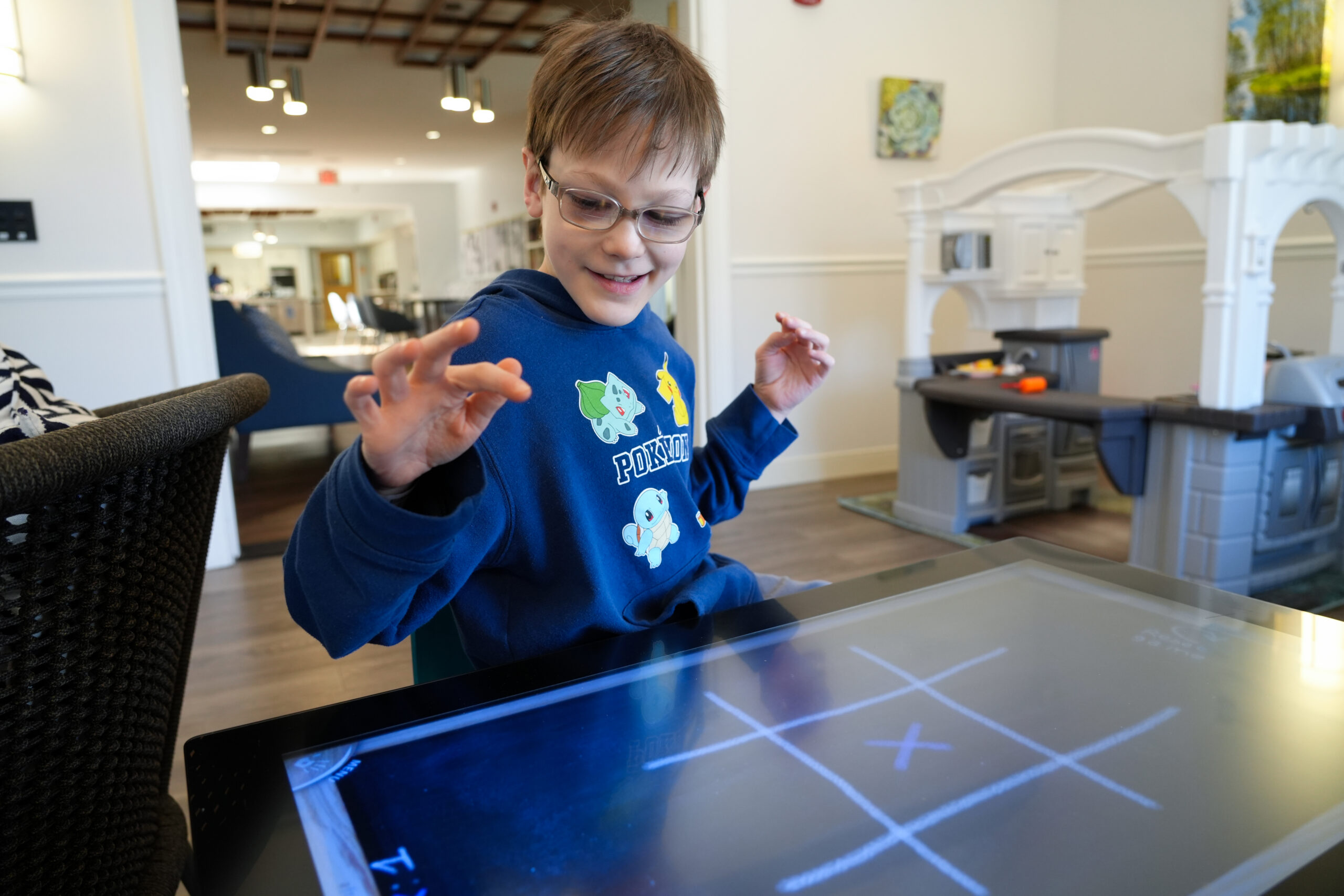
Oliver, 8, enjoys the game table at The Inn
Five years after Oliver was a pioneering gene therapy patient, his brother Dominic is beginning his own course of gene therapy. He will receive triple the dose that Oliver received and at a younger age. Those variables make his parents hopeful that his prognosis will be even better.
In the meantime, Dominic is getting used to his new surroundings at The Inn. He makes frequent tours of the building on a tricycle and loves exploring the toys and play areas currently available during The Inn’s renovation and expansion project. He also has taken part in some of the special programming going on, including a visit from NASA astronauts in early March, and loves visiting Zilly and the rest of the therapy dogs that visit The Inn.
With so much to see and do, to say nothing of his frequent visits to the NIH Clinical Center, there is no time for rest in Dominic’s world. Even though it can be hard to keep up, he and his family are hopeful that the breakthroughs happening at NHGRI and across the NIH campus make it so he doesn’t slow down anytime soon.
* A natural history study follows a group of people over time who have, or are at risk of developing, a specific medical condition or disease. A natural history study collects health information in order to understand how the medical condition or disease develops and how to treat it.
**Gene therapy involves the delivery of functional DNA to target cells. For GM1, the leading approach utilizes viral vectors, predominantly adeno-associated viruses (AAVs), to restore β-gal activity to its normal state with a single injection1 (link)
